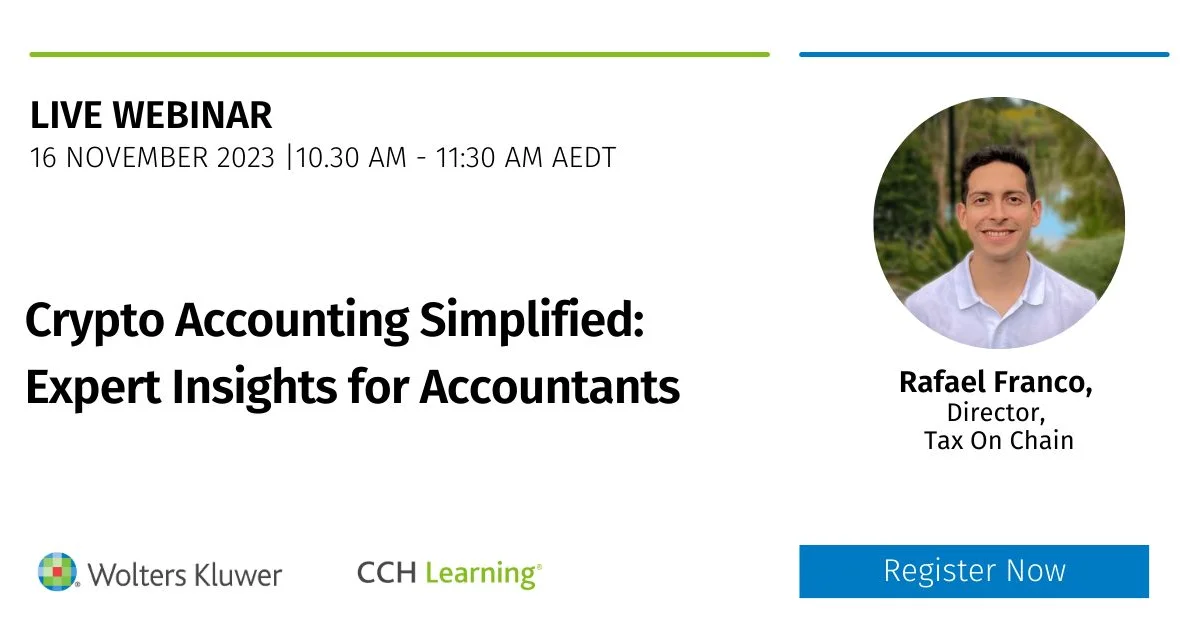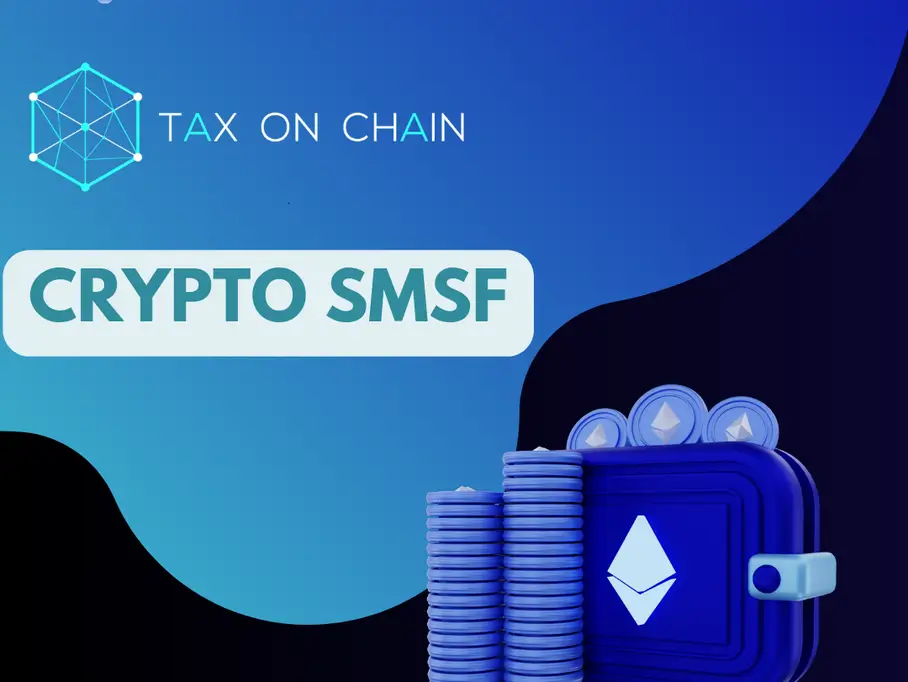As we are witnessing one of the most historic weeks in crypto, it is a great time to reflect on what makes a Layer 1 blockchain (eg. Ethereum) sustainable long term. Capitulations are not always a bad thing. These events enable the market to weed out the vapourware so that the fundamentally sound projects can continue to flourish.
During a bull market, artificial hype will be built around blockchains that offer short term incentives which can often be unsustainable for future growth.
Polynya, a well respected research account amongst the blockchain community shares its thoughts below on what makes a Layer 1 blockchain sustainable.
For far too long, the narrative has been dominated by short-term solutions with unsustainable designs. It’s never too late to fight back and define what makes this industry sustainable and worthwhile. I have written mostly about rollups, and mostly in 2021 – but you’d have caught the subtext being social, economic, and technical sustainability. While the catastrophic failure of the Terra blockchain (aside from UST meltdown) was an extreme case, the cold hard reality is that almost all L1s today are faced with a similar outcome – just on a much longer timeframe. A lot of this will also apply to applications and rollups, but I’m focusing on L1s/settlement layers here.
Economic
- Low inflation, <1%
- Predictable security budget over the long term (note: hard caps may be dangerous)
- Strong value accrual to the base asset, preferably canceling out most of the inflation (note: high deflation is an anomaly that implies undervaluation, and will be corrected by the markets in the long term)
- Solutions like PBS (proposer-builder separation) necessary so most MEV is captured by the base asset
- Do the above, and it’ll gain monetary premium
- Monetary premium → higher economic security, more stable settlement layer and base asset → more demand and monetary premium virtuous cycle
- Validity proofs, statelessness, and fraud proofs for the execution layers; data availability proofs for the data layer. This may not sound economic, but to scale to millions of nodes this may be necessary for economic sustainability.
Social
- Very wide token distribution
- Easy to verify transactions (statelessness, validity proofs)
- Very wide network of nodes, unsubsidized by centralized entities, with geographic, software (incl. clients) and hardware diversity
- Robust and well-coordinated social layer with concrete plans for emergency situations like social forks
- Reasonable transaction fees (~$0.01)
- Not too difficult to produce blocks
- Permissionless block building with PBS
Technical
- Multiple robust client implementations
- Validity and fraud proofs, statelessness, data availability proofs – these are critical ingredients where the social, economic, and technical collide
- State expiry and history expiry
- Multiple solutions for accessing expired state and history (also social)
- Ossified settlement layer
- Parallel transaction execution
It is 100% impossible for a monolithic chain to achieve any of these. So, as mentioned above, validity, fraud and da proofs become the critically essential tools to get us there.
With the above proofs, materializing in rollups and data layers, maximal sustainability is theoretically possible. To date, not a single settlement layer is anywhere close to satisfying this checklist, and it’ll be a herculean effort to get there. I expect only one, maybe two at most, to ever achieve all of this to any reasonable degree. Right now, maybe one or two are even attempting it.



